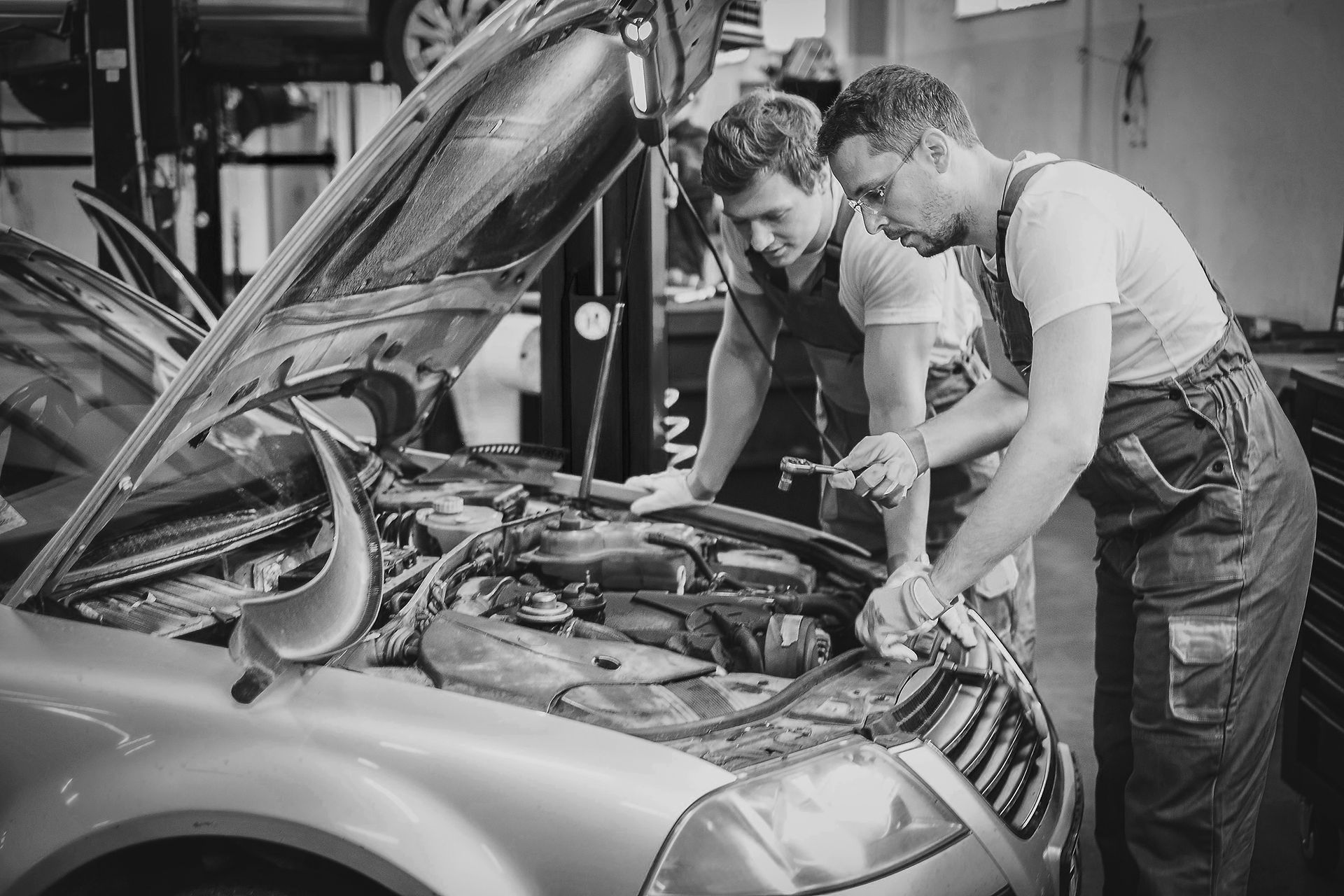The Best Maintenance Tips for High-Mileage Cars
- Daniel Martin
- Mar 8
- 4 min read
In today’s economy, more drivers are holding onto their vehicles longer—and for good reason! With proper care, a high-mileage car can remain reliable, fuel-efficient, and safe for years beyond what many expect. But keeping an older vehicle in top shape requires proactive maintenance and smart driving habits.
At Chancy Auto, we specialize in helping drivers extend the life of their cars, no matter the mileage. Whether you’ve just crossed the 100,000-mile mark or are pushing well past 200,000 miles, here’s how to keep your vehicle running like new.
What is Considered a High-Mileage Car?
A car is typically considered high mileage once it surpasses 100,000 miles, though modern vehicles are built to last much longer with proper care. Many well-maintained cars can reach 200,000 to 300,000 miles or more!
With advancements in engineering and improved synthetic oils, high-mileage vehicles today can perform nearly as well as newer models—if they receive regular maintenance and timely repairs.
Key Maintenance Tips for High-Mileage Vehicles
1. Stick to a Strict Oil Change Schedule
Oil is the lifeblood of your engine, and high-mileage engines often need extra care. Older engines tend to burn more oil, so using high-mileage synthetic oil can help reduce wear, prevent leaks, and keep everything running smoothly.
Best practice: Change your oil every 3,000-5,000 miles, depending on your car’s make and model. Always check your owner’s manual or ask a trusted mechanic at Chancy Auto for guidance.
2. Keep an Eye on Transmission Health
A well-functioning transmission is crucial for smooth shifting and overall vehicle performance. High-mileage transmissions are more prone to fluid breakdown, which can lead to slipping gears, rough shifting, or even complete failure.
Maintenance tip: Get your transmission fluid checked and changed every 30,000 to 60,000 miles to prevent costly repairs down the road.
3. Monitor Your Cooling System
Overheating is a major cause of engine failure, especially in Georgia’s hot and humid climate. The radiator, coolant, and thermostat all play key roles in preventing overheating.
To-do: Flush and replace your coolant every 50,000 miles to keep your engine temperature regulated and avoid costly breakdowns.
4. Replace Belts and Hoses Before They Fail
As vehicles age, rubber components like belts and hoses become brittle and can crack or snap, leading to major issues like a broken timing belt or coolant leaks.
Check your:
✔ Serpentine belt (Replace around 60,000-100,000 miles)
✔ Timing belt (Replace around 90,000-100,000 miles)
✔ Hoses (Inspect every oil change for cracks or leaks)
Don’t wait for a failure! Preventive replacement can save you from expensive engine damage.
5. Protect Your Suspension & Steering Components
If your car feels bumpy, drifts, or has uneven tire wear, your suspension system may be wearing out. Shocks, struts, ball joints, and bushings all play a role in a smooth ride and safe handling.
Get your suspension inspected annually and replace worn parts to avoid costly repairs and unsafe driving conditions.
6. Pay Attention to Brake Wear
Brake pads and rotors naturally wear down over time, and high-mileage cars need extra attention to maintain stopping power. Ignoring brake issues can lead to dangerous driving conditions and expensive rotor damage.
Signs of brake trouble:
Squeaking or grinding noises
Vibrations while braking
Longer stopping distances
Solution: Have your brakes inspected every 10,000-15,000 miles to stay safe on the road.
7. Watch for Electrical Issues
Older cars often experience electrical problems due to aging wiring, failing alternators, or weak batteries.
Battery Tip: Most car batteries last 3-5 years. Get yours tested regularly to avoid unexpected breakdowns.
Starter & Alternator: If your car struggles to start or you notice flickering lights, it might be time for an inspection.
8. Follow a Tire Rotation & Alignment Schedule
Uneven tire wear can lead to poor handling, reduced fuel efficiency, and even blowouts. Regular rotations and alignments keep your tires in top shape, especially for high-mileage cars.
Rotate tires: Every 5,000-7,500 miles Check alignment: At least once a year or after hitting a pothole or curb
Bonus: Drive Smarter to Reduce Wear and Tear
How you drive has a direct impact on your car’s longevity.
Avoid aggressive acceleration and hard braking
Limit short trips (engines last longer with full warm-ups)
Keep your car clean to prevent rust and corrosion
Is It Worth Keeping a High-Mileage Car?
Absolutely! As long as you keep up with regular maintenance and inspections, a high-mileage car can be just as reliable as a newer model—without the hefty price tag of a car payment.
However, once repair costs start exceeding your vehicle’s value, it may be time to consider an upgrade. Our team at Chancy Auto can help you assess whether repairs are worth it or if it’s time for a trade-in.
Trust Chancy Auto to Keep Your High-Mileage Car Running Strong
At Chancy Auto, we believe that a well-maintained car is a smart investment. Our ASE-certified mechanics specialize in keeping high-mileage vehicles on the road safely and efficiently.
Why choose us? Expert diagnostics for high-mileage engines Preventive maintenance to avoid costly repairs Honest recommendations tailored to your vehicle’s needs
Need a high-mileage checkup? Schedule an appointment today! Let’s keep your car running like new for years to come.
Chancy Auto – Your Trusted Auto Repair Shop in Georgia


Comments